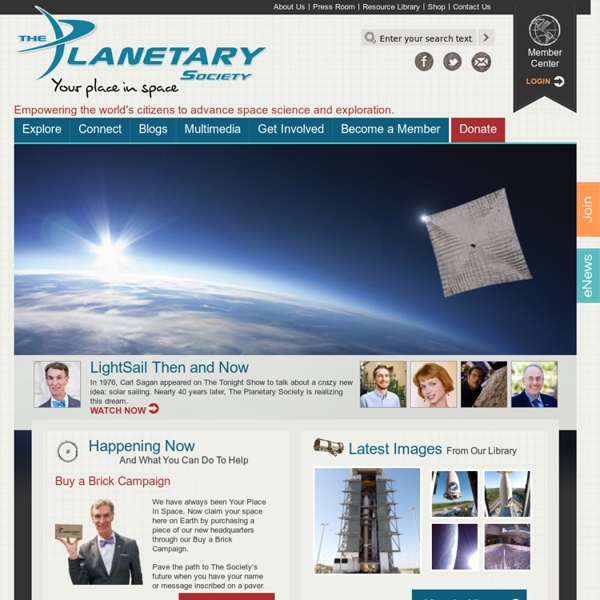



NASA Astrobiology NASA Telescope Confirms Alien Planet in Habitable Zone This story was updated at 12:15 p.m. ET. MOUNTAIN VIEW, Calif. — NASA's planet-hunting Kepler spacecraft has confirmed the discovery of its first alien world in its host star's habitable zone — that just-right range of distances that could allow liquid water to exist — and found more than 1,000 new explanet candidates, researchers announced today (Dec. 5). The new finds bring the Kepler space telescope's total haul to 2,326 potential planets in its first 16 months of operation.These discoveries, if confirmed, would quadruple the current tally of worlds known to exist beyond our solar system, which recently topped 700. The potentially habitable alien world, a first for Kepler, orbits a star very much like our own sun. "We're getting closer and closer to discovering the so-called 'Goldilocks planet,'" Pete Worden, director of NASA's Ames Research Center in Moffett Field, Calif., said during a press conference today. The newfound planet in the habitable zone is called Kepler-22b.
Eureka! Science News | Latest science news articles Astronomy Magazine - Interactive Star Charts, Planets, Meteors, Comets, Telescopes Earth has more than one moon, astronomers confirm | The Sideshow There are at least two moons orbiting Earth at any given time Researchers at Cornell University say that what we know as the Moon is in fact not the only one orbiting our planet at any given time. Smaller objects regularly inhabit the Earth's orbit, usually leaving after a few months to continue on their celestial journeys. The discovery is considered a major breakthrough for space research because scientists had been working toward visiting asteroids outside of Earth's orbit for research. While these temporary moons are too small for a shuttle landing, they are prime for research from a relatively close distance. However, it's still to be determined whether the announcement will capture the public's attention like previously revealed New Moons. The new paper titled "The population of natural Earth satellites," from Cornell University's Mikael Granvik, Jeremie Vaubaillon and Robert Jedicke states that these "secret moons" enter and exit the Earth's orbit without notice.
Science" SolStation.com Bitesize Astronomy Supernova 1987A: The Three Ring Circus Week of March 6, 2000 Last week's Snack talked about why the star that was to become Supernova 1987a (what astronomers call the precursor) exploded. I didn't talk much about what those outer layers are doing while the core is going through its evolutionary gyrations. Again, my apologies. Once upon a time, say a million years or so ago, there was a star that would later be known as Sanduleak -69 202 (named after the man who catalogued stars in that region, and appended with its rough coordinates). As helium piles up in the core, it gets very hot. Nothing last forever, especially a star. This cycle may repeat itself, but as I said last week, as heavier elements fuse, the cycle repeats faster, and the outer layers may not have time to keep up. When a star is a red supergiant, it doesn't just sit there. When the star becomes a blue supergiant, the wind becomes much less dense, but may get a boost in speed by a factor of ten. That was in 1990.
Latest Science News Aug. 10, 2023 — Researchers introduce a new tool to measure bias in text-to-image AI generation models, which they have used to quantify bias in the state-of-the-art model Stable ... Aug. 10, 2023 — Microscopic plastic particles have been found in the fats and lungs of two-thirds of the marine mammals in a graduate student's study of ocean microplastics. The presence of polymer particles ... Aug. 10, 2023 — Sodium, Potassium and zinc have all been promising contenders for lithium's place in rechargeable batteries of the future, but researchers have added an unusual and more abundant competitor to ... Aug. 10, 2023 — The best heart rate for burning fat differs for each individual and often does not align with the 'fat burning zone' on commercial exercise machines, researchers report. Aug. 10, 2023 — A new analysis shows that infectious bacteria exposed to the antibiotic albicidin rapidly develop up to a 1,000-fold increase in resistance via a gene amplification ...
Interactive 3D model of Solar System Planets and Night Sky Stellarium